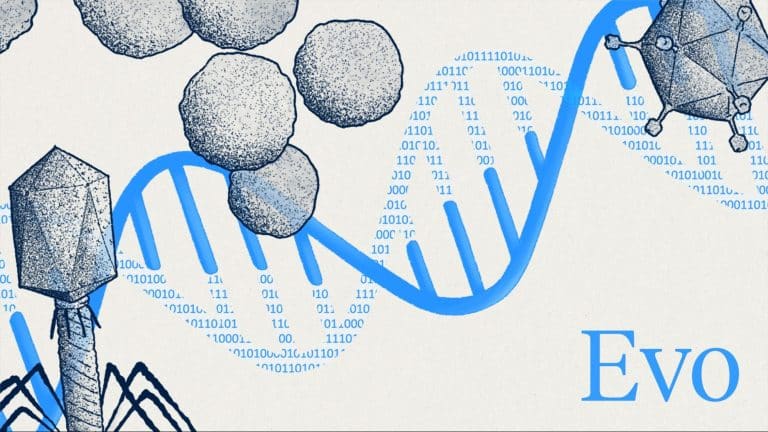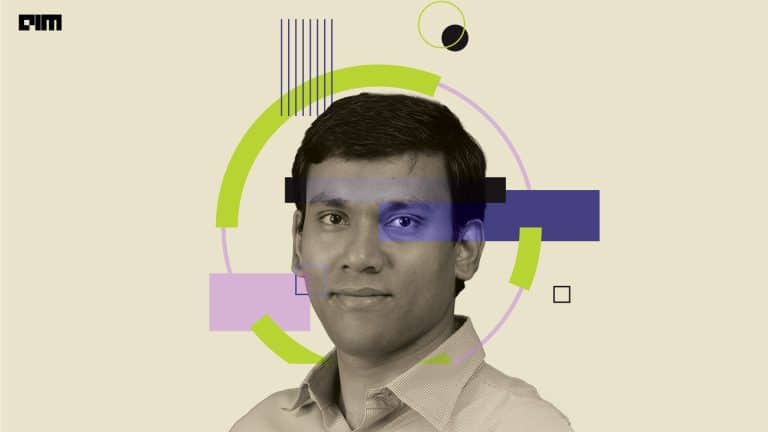Artificial intelligence has extensive applications in the medical field. In orthopaedics, AI has been integrated into the entire pipeline — from diagnosis to treatment delivery. At MLDS 2021, Sukhraj Singh, senior staff engineer at Stryker, spoke in length about the entire applications of AI in orthopaedics in the preoperative, intraoperative and postoperative stages.
AI In Orthopaedics
Orthopaedic surgery is undertaken to treat degenerative diseases, musculoskeletal trauma, sports injuries, congenital disorders, tumours and infections. The different stages of the surgery include preoperative, intraoperative and postoperative processes. Explaining each in detail, Singh said:
- The preoperative stage includes analysing the health record of the patient, studying medical imaging data such as X-ray or CT scans and creating relevant information for the surgery.
- In the intraoperative stage, the patient is monitored, anaesthesia is administered and is prepped for the operation.
- The postoperative stage includes shifting to the post-anaesthesia care unit and monitoring the recovery of the patient.
Singh said AI is used in the first two stages of the surgery, adding that deep learning and conventional machine learning are the most popular methods currently. The most common techniques used are SVM and linear regression.
Further, supervised algorithms are also used. Linear methods include Principal Component Analysis (PCA), while for non-linearity processes deep learning methods such as U-Net and Resnet are availed. The most common kind of data used is medical imaging data.
Use Case
Singh explained the use of AI in orthopaedics using the example of knee replacement surgery. Total knee arthroplasty begins with collecting the preoperative information such as X-ray and CT scans. The 3D bone surface models are studied followed by image segmentation to plan the surgery. This is followed by an intraoperative step which involves inserting guiding pins.
As things stand, most of the image segmentation involves manual intervention, such as the use of painting tools. The entire process can be overwhelming for the doctors who have to perform many surgeries in a day creating decision fatigue and time loss. These processes are now automated using ML and DL models. The surface reconstruction is being carried out to create a surface mesh using the marching cubes algorithm. The post-processing of the surface mesh provides a better representation of patient anatomy.
Explaining how to build a model, Singh said the first step is to generate a set of training data by manual or semi-automatic segmentation of boundaries. The next step is to wrap a reference shape so the mesh has the same number of vertices and point topology. Next, compute the affine alignment of shapes so that all examples lie on top of each other. The final step is the Principal Component Analysis on the aligned shape. It further involves steps such as:
- Computing the mean shape
- Computing covariance matrix
- Computing eigenvalue and vectors of the covariance matrix
Of late, robot-assisted surgery is also gaining popularity in orthopaedics.
While these methods have achieved a tremendous amount of efficiency in the process, specific problems still need to be addressed. Despite the progress, there is a lack of patient-specific implants for knee replacement surgery. Further, it yet cannot automate implant design creation based on anatomy. One of the other significant challenges is the inability to use patient recovery data to improve surgical outcome. Use of AI also needs to be explored in areas such as treating ligaments.
Singh said the way forward would be to have open access to the data to encourage collaborations, cross-validation to create a better solution without bias, make doctors AI literate, and institute regulatory measures.



















































































